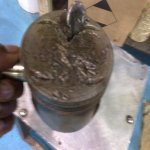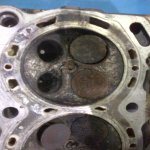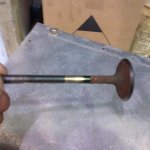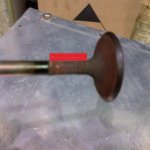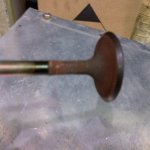Nearly done 3000hrs and 5 years old BF225 engines are facing to breakup exhaust valve and damage full engine. what could be the cause of this problem??What impact is make that break of valve ?
till this problem happen this engines were worked fine.so nobody thinking to do major overhaul.
And would it be solved by changing only exhaust valve like after done 2000 Hrs ???
wajira
till this problem happen this engines were worked fine.so nobody thinking to do major overhaul.
And would it be solved by changing only exhaust valve like after done 2000 Hrs ???
wajira


